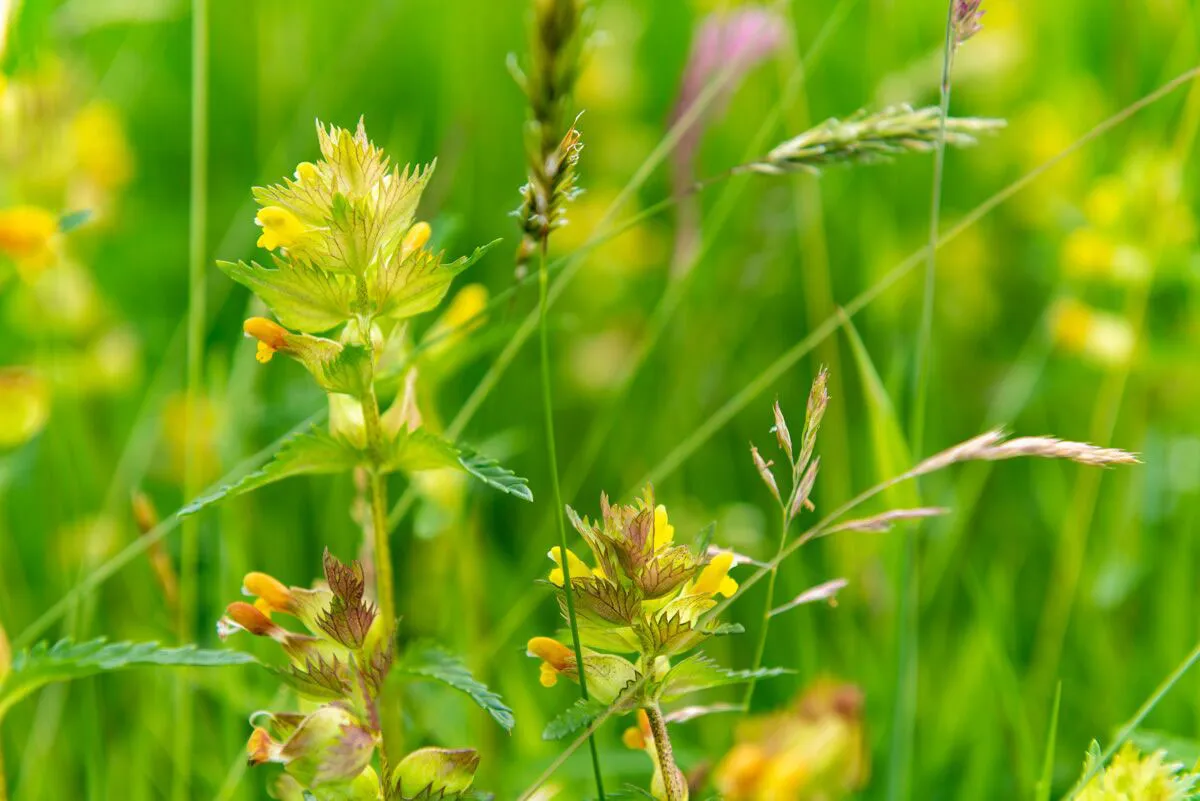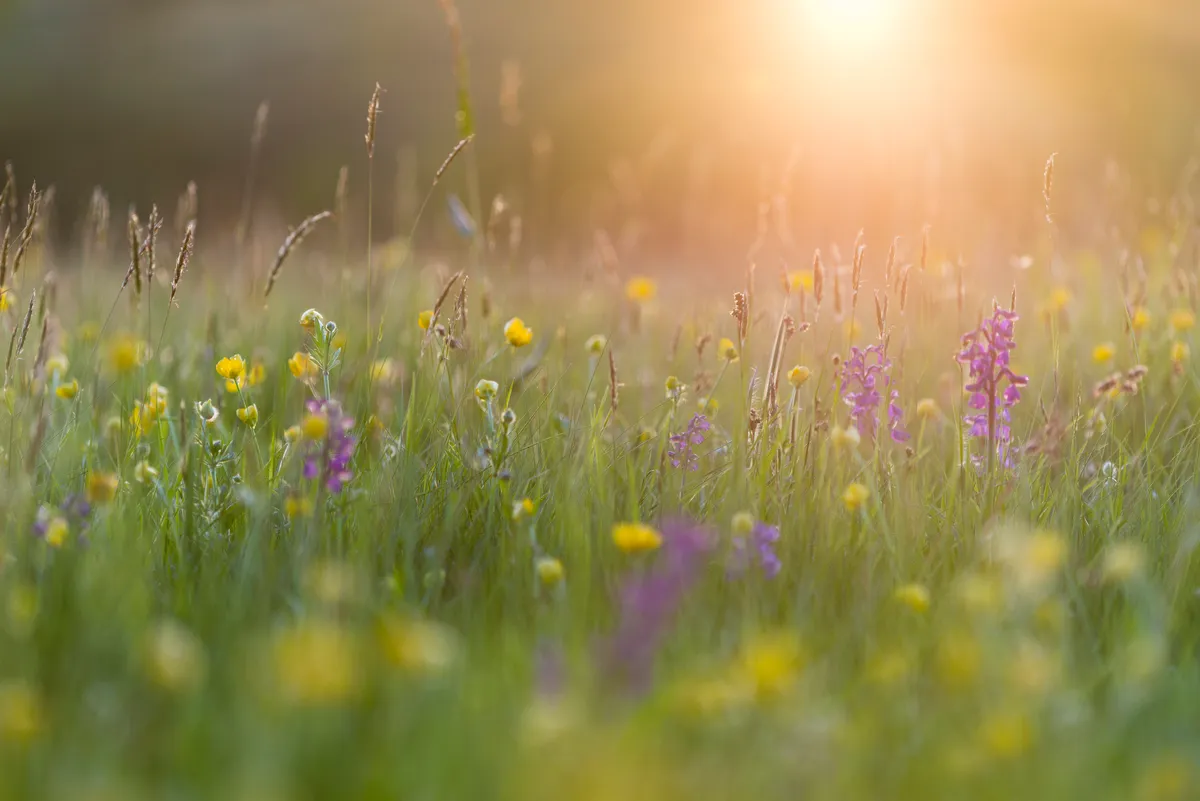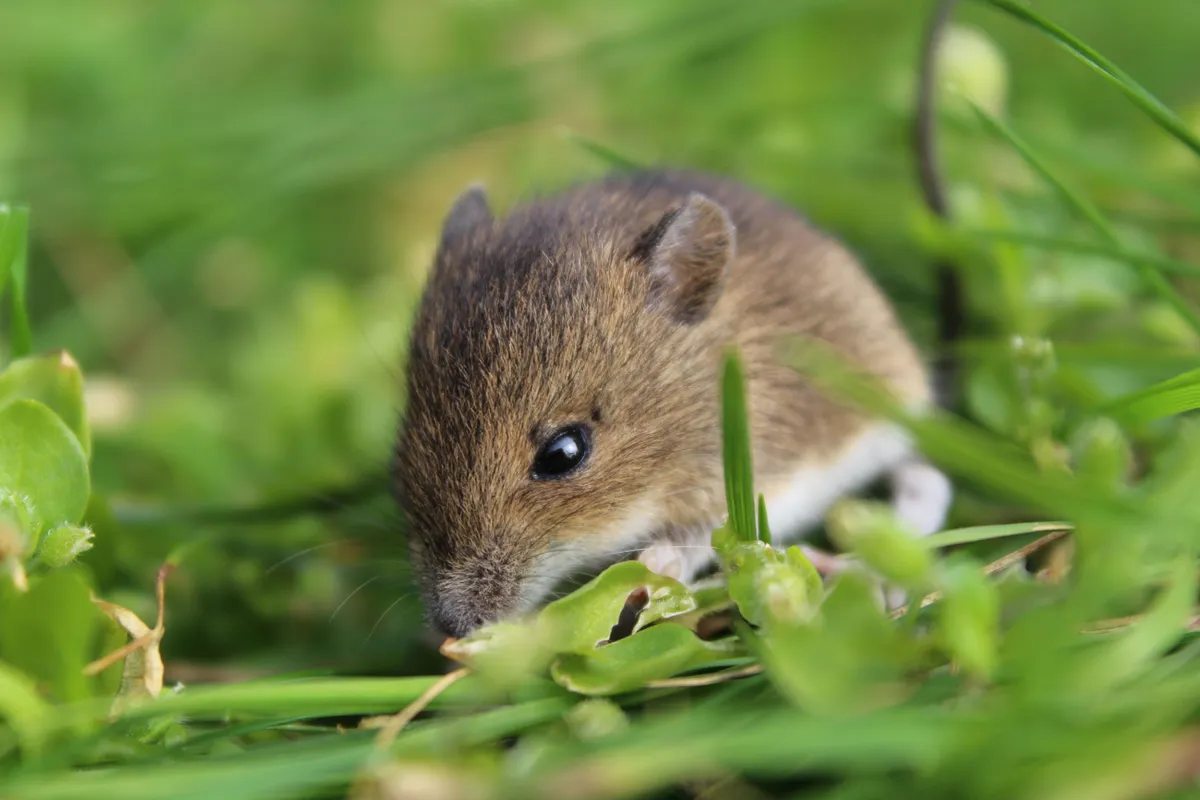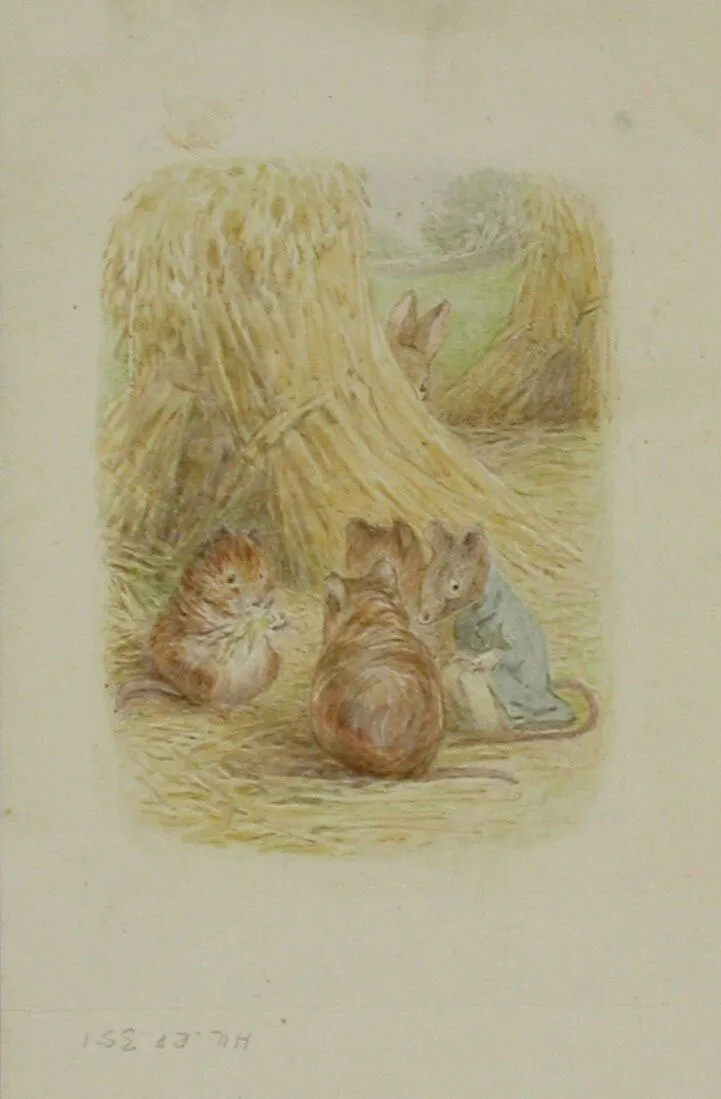According to a National Trust survey, three hay meadows belonging to Hill Top Farm have been restored to become a wildlife haven. Formerly rare species are now thriving in the meadows – which provided the author with inspiration for her much-loved children’s books.
Monitoring conducted over 11 acres of the hay meadows found that plants, including eyebright and great burnet, which were once classified as ‘rare’ in the original assessment in the 1990s, are now found in abundance.
Flowering plants such as black knapweed, kingcup, oxeye daisy, yellow rattle, red clover and lady’s mantle were also found to be thriving.

The meadows also host a diverse range of bees, birds and insects, including painted lady butterflies which migrate from North Africa each year.
The meadows were bought by Beatrix Potter in 1909, four years after she purchased Hill Top Farm with the proceeds of her first book, The Tale of Peter Rabbit, and gifted to the National Trust following her death in 1944.

Liz Macfarlane, Collections Manager at Hill Top, said: “Beatrix Potter was hugely inspired by the countryside around her. She had a naturalist’s eye and from an early age was appreciating and recording varieties of flora and fauna.
“The colours and scents of the meadows as they appear now would have been very familiar to Beatrix Potter. She took an active role in looking after her land, often rolling up her sleeves to cut the hay.”

The conservation work forms part of the National Trust’s 25-year wildlife restoration project, which aims to reverse the decline in biodiversity that occurred at the site during the two World Wars where the land was used for intensive agriculture to meet the growing demand for home grown food.
With the rise of machinery and more efficient ploughing, Beatrix Potter’s land became desolate of wildlife and had the land transformed into fields of turnips and oats instead.

Paul Farrington, Area Ranger for the National Trust, said: “It’s fantastic to see the hay meadows here at Hill Top in such good health. As well as being beautiful, these meadows provide a huge food and nectar source for hundreds of species of wildlife.
“We manage the land using the same traditional practices that would have been used in Beatrix Potter’s day. This includes avoiding artificial fertiliser and cutting the grass later in the summer to allow the plants to flower and set seed.”
The loss of traditional hay meadows to agriculture was a common occurrence, with around 97% of hay meadows lost between the 1930s and 1980s. Today there are just 12,000 hectares of hay meadow remaining throughout the UK.
